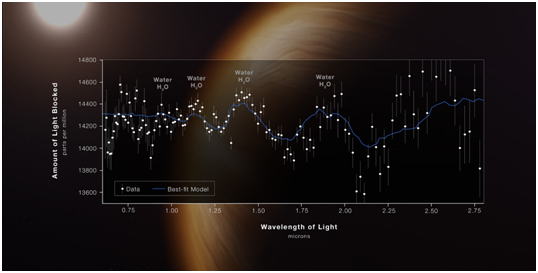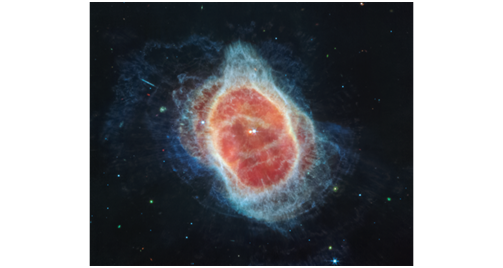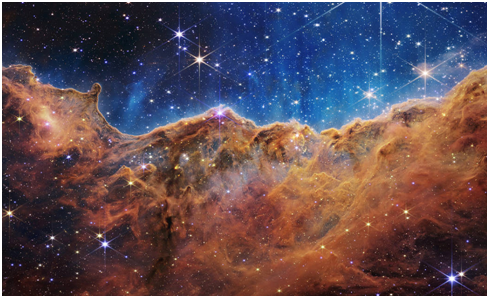

Context
NASA releases four more images taken by James Webb Space Telescope after deep field image of SMACS 0723 shared earlier.
About
About James Webb:
- It is the most powerful infrared telescopeof National Aeronautics and Space Administration (NASA).
- It is also considered a successor of the Hubble Telescopeand will extend and complement its discoveries.
- JSWT will observe in near-infrared lightrather than light in the visible part of the spectrum (unlike Hubble) and thus it will have a much greater capacity to see obscure stars and galaxies
- Collaboration: It is a joint venture of NASA(US), ESA (Europe), and CSA (Canada)
- Webb was formerly known as the “Next Generation Space Telescope” (NGST)and it was renamed in 2002 after a former NASA administrator, James Webb.

|
IMAGES REALEASED BY JWST TILL DATE: NASA revealed images of the following targets:
|
|
JWST’s FIRST IMAGE- SMACS 0723
|
|
WASP-96B- About-
WHAT JWST REVEALED? The spectrum data of WASP-96B revealed the presence of water vapour on the distant exoplanet for the first time. SIGNIFICANCE:
|
|
EIGHT-BURST NEBULA: About-
WHAT JWST REVEALED:
SIGNIFICANCE:
|
|
Stephan’s Quintet- About-
WHAT JWST REVEALED:
SIGNIFICANCE:
|
|
CARINA NEBULA About-
WHAT JWST REVEALED:
SIGNIFICANCE:
|






